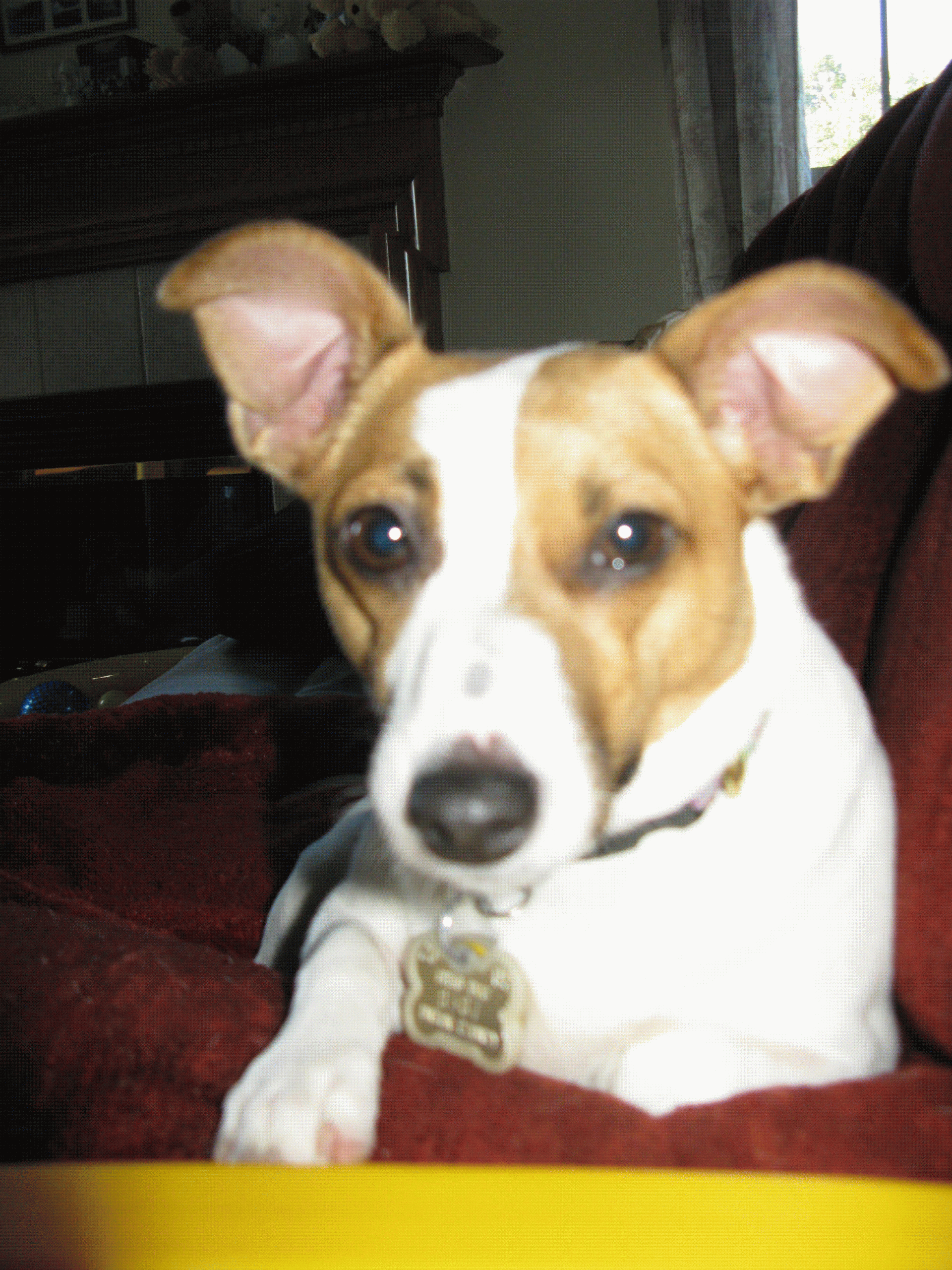Why some pets develop fears and how to overcome them

Pets are cherished members of our families, bringing joy, companionship, and unconditional love into our lives. Yet, just like humans, they can experience fears and anxieties that affect their well-being and behavior. Whether it’s the sudden crash of thunder, the presence of unfamiliar visitors, or a trip to the vet, these triggers can lead to stress and discomfort for our furry friends. Understanding why some pets develop these fears and learning effective strategies to help them overcome their anxieties is crucial for fostering a harmonious home environment. In this article, we’ll explore the common causes of pet fears, delve into the science behind their anxious responses, and provide practical tips for helping your pet feel safe and secure. With patience and understanding, you can help your beloved companion navigate their fears and enjoy a happier, more relaxed life.
Understanding the Roots of Pet Anxiety
loud noises“>Pet anxiety is a multifaceted issue, often rooted in a combination of genetic, environmental, and experiential factors. Understanding these roots can be crucial in addressing and alleviating the anxiety. Genetic predisposition plays a significant role; some breeds are naturally more anxious due to their lineage. Early life experiences also shape a pet’s emotional landscape—pets who have experienced trauma, neglect, or insufficient socialization during their formative weeks may develop fears as a result. Environmental factors such as loud noises, changes in routine, or even the owner’s stress levels can exacerbate anxiety in pets.
- Genetic Predisposition: Certain breeds are more prone to anxiety.
- Early Life Experiences: Trauma or lack of socialization can lead to fears.
- Environmental Factors: Noise, routine changes, and owner stress can trigger anxiety.
Addressing these issues often requires a multifaceted approach. Creating a stable environment, providing regular exercise, and engaging in positive reinforcement training can significantly help. In some cases, professional help from a veterinarian or animal behaviorist might be necessary to develop a tailored plan. The key is to be patient and understanding, acknowledging that each pet is unique and may require different strategies to overcome their fears.

Common Triggers That Cause Fear in Pets
Understanding what might set off a fear response in your pet can be the first step towards alleviating their anxiety. Common triggers that cause fear in pets often include loud noises, unfamiliar environments, or abrupt changes in their routine. For example, thunderstorms and fireworks are notorious for causing panic in dogs and cats due to their acute hearing. A sudden move to a new home or the introduction of a new family member can also be unsettling for pets, leading to stress and anxiety.
- Loud noises: Fireworks, thunderstorms, and even vacuum cleaners can trigger fear responses.
- Strange environments: Visits to the vet or trips in the car may cause unease.
- Separation anxiety: Being left alone for extended periods can be a significant stressor.
- New experiences: Introducing new pets or people can create tension.
Being mindful of these triggers can help you create a more comfortable and secure environment for your furry friends. By identifying the specific situations that frighten your pet, you can take proactive measures to minimize their exposure to such stressors, and gradually help them build confidence in a safe and controlled manner.

Practical Strategies to Help Your Pet Overcome Fear
Helping your pet overcome fear requires patience and a thoughtful approach. Start by creating a safe and comforting environment. Consistency is key; ensure that your pet has a stable routine, as unpredictability can exacerbate anxiety. Gradually introduce them to the source of their fear in controlled settings. For instance, if your dog is afraid of loud noises, play recordings of such sounds at a low volume and reward them with treats and praise when they remain calm.
- Positive Reinforcement: Reward your pet with treats, affection, or playtime whenever they exhibit calm behavior in the presence of their fear trigger.
- Desensitization: Slowly increase your pet’s exposure to the fear-inducing stimulus, allowing them to become accustomed to it over time.
- Counterconditioning: Pair the fear trigger with something your pet loves, like a favorite toy or snack, to create a positive association.
- Professional Guidance: If your pet’s fear is severe, consider consulting a veterinarian or a professional animal behaviorist for tailored advice and strategies.
Remember, every pet is unique, and what works for one may not work for another. Be patient, compassionate, and persistent in your efforts to help your furry friend feel safe and secure.

Creating a Safe and Comforting Environment for Your Pet
Pets, much like humans, can develop fears due to various environmental factors or past experiences. Creating an atmosphere that fosters safety and comfort is essential in helping them overcome these anxieties. Here are some strategies to consider:
- Establish a Routine: Consistency is key. Having a predictable schedule for feeding, walks, and playtime can provide a sense of security for your pet.
- Safe Spaces: Designate a quiet area in your home where your pet can retreat during stressful times. This space should be filled with their favorite toys and a comfortable bed.
- Positive Reinforcement: Encourage calm behavior by rewarding your pet with treats or affection when they remain composed in situations that usually trigger their fears.
By incorporating these elements, you not only help your pet feel more secure but also strengthen the bond you share. Remember, patience and understanding go a long way in easing your pet’s fears.



